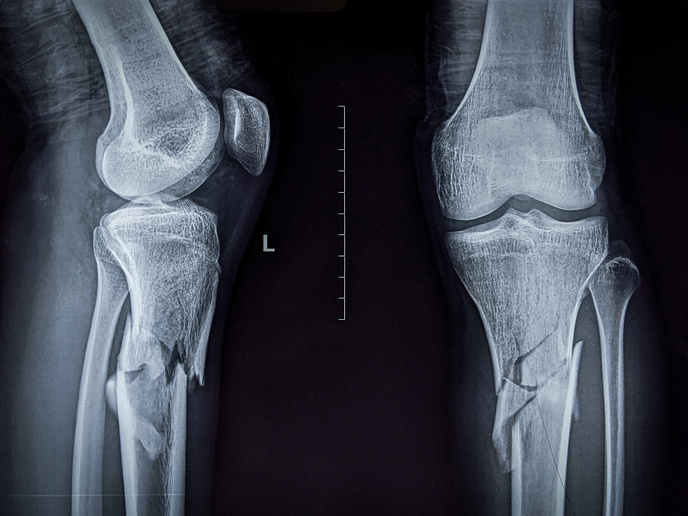Nanotech images to prevent diabetes
Accumulating evidence suggests that loss of insulin-producing beta cells occurs gradually many years before disease manifests. As a result, being able to monitor pancreatic beta cells routinely would give clinicians a better chance at preventing diabetes. However, physical features of beta cells (they exist as very small clusters known as the Islets of Langerhans) prevent their visualisation with standard imaging applications. Based on this, the aim of the EU-funded 'In vivo imaging of beta cell receptors by applied nano technology' (VIBRANT)(opens in new window) project was to develop a non-invasive imaging method for visualising and quantifying beta cells as a means of diabetes diagnosis. The concept of VIBRANT relied on a nanocapsule system coated with beta cell-specific molecules to deliver magnetic resonance imaging (MRI) contrast agents or therapeutic drugs. Micellar nanocontainers were constructed to enclose superparamagnetic nanoparticles, fluorinated agents or fluorescent quantum dots. The outer shells of these biodegradable nanocontainers were coated with antibodies, carbohydrates or peptides that could specifically target the beta cell mass. VIBRANT nanocontainers were tested in type 1 and type 2 diabetes models, and researchers identified a novel carbohydrate derivative, AJ070, with promising labelling properties for in vivo imaging. They were also evaluated for their potential as drug-delivery systems for restoring betacell function. In vivo pancreatic visualisation by MRI was cross-validated by optical projection tomography, a novel imaging technology that offers high magnification. From a therapeutic perspective, VIBRANT scientists were interested in improving beta cell survival. To this end, they focused on counteracting the impact of inflammation by delivering chemical inhibitors. The VIBRANT nanocontainers constitute an innovative approach for monitoring beta cell function in vivo, thereby substantially improving early diabetes diagnosis. The potential of the system to serve as a targeted drug-delivery vehicle holds great promise for the design of therapeutic interventions.







